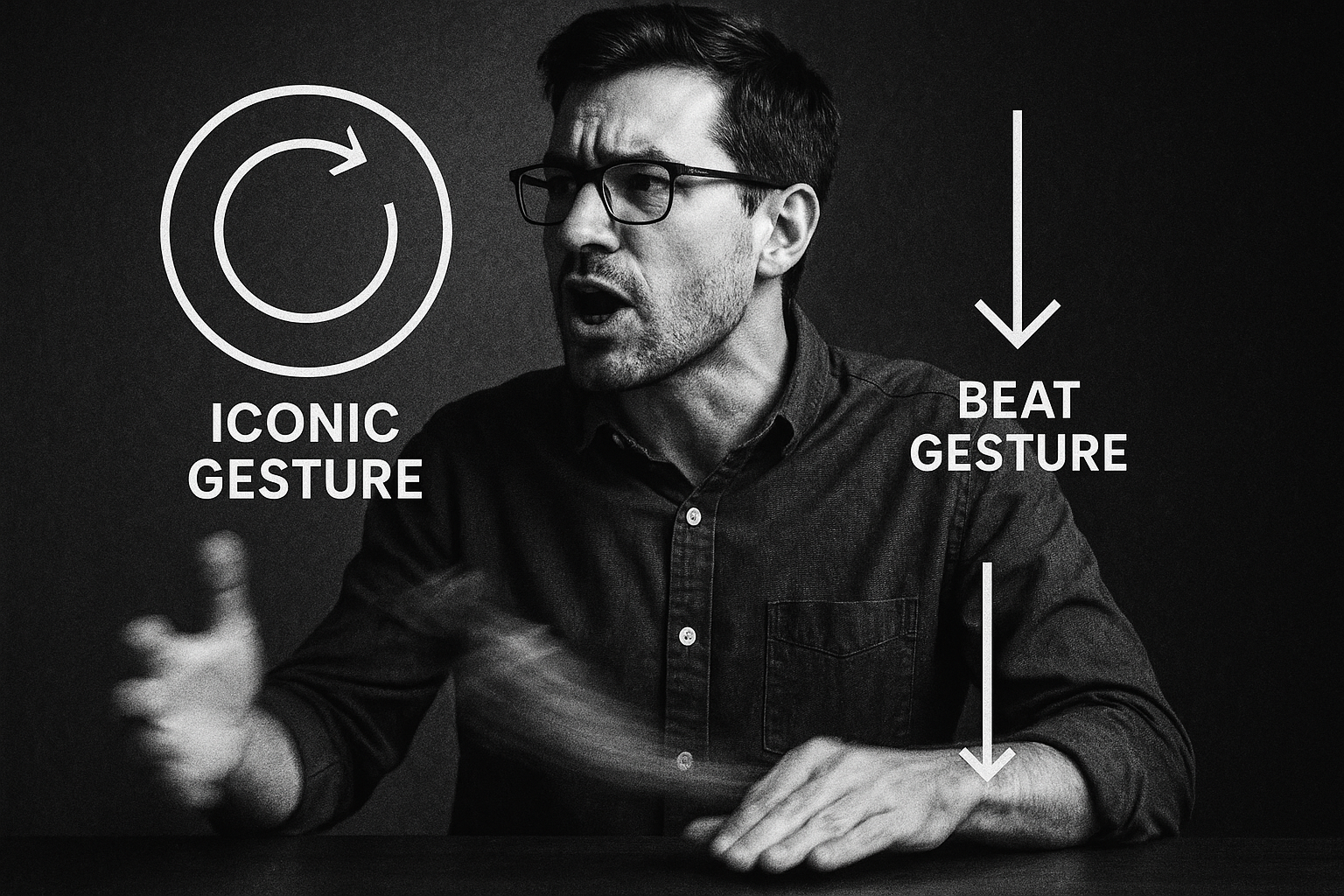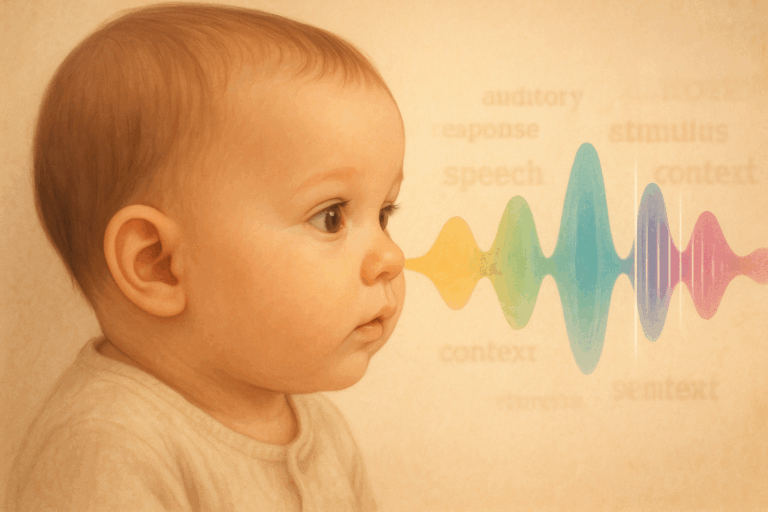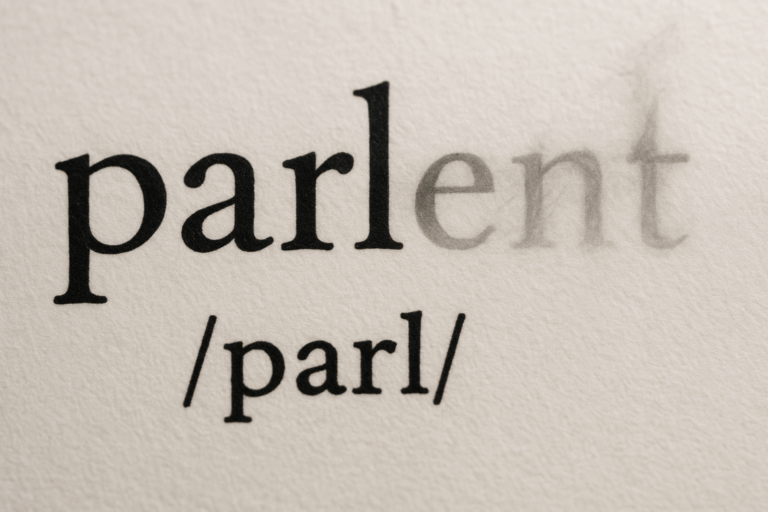Picture this: a baseball soars through the air and connects with a pane of glass. A sharp crack echoes down the street. A window is broken. Now, how do we describe this event? We could say, “The boy broke the window.” Or we could say, “The window broke.”
On the surface, this seems like a simple stylistic choice. But lurking beneath this grammatical fork-in-the-road is a powerful linguistic concept called transitivity, and it has profound implications for how we understand the world, assign responsibility, and even remember events. The distinction between the doer of an action and the receiver of that action isn’t just grammar—it’s a blueprint for blame.
The Agent and the Patient
In linguistics, every action has key players. The entity performing the action is the agent, and the entity being acted upon is the patient. In the sentence, “The boy (agent) broke the window (patient),” we have a classic transitive structure. The action (breaking) transfers directly from the agent to the patient.
English, as a language, has a strong preference for this structure. Our sentences feel most complete and natural when they follow a Subject-Verb-Object pattern, which usually corresponds to Agent-Action-Patient. We like to know who did what. This linguistic habit is so ingrained that we often assign agency even when an event is a pure accident.
Think about it. If you stumble and knock a vase off a table, you’re more likely to say, “I broke the vase,” than the more passive, “The vase broke.” By inserting “I” as the agent, you are, linguistically, taking full responsibility. Even if it was a complete accident, the structure of the sentence places you at the center of the causal chain. You are the doer; the vase is the done-to. This agent-focus is a hallmark of English and other Germanic languages, and it subtly shapes our perception of culpability.
A World of Different Constructions
This agent-centric view is not universal. Many other languages have elegant grammatical workarounds for describing accidents that deliberately background or remove the agent, shifting the focus to the event itself.
Take Spanish, for example. A Spanish speaker who accidentally broke a glass would likely say:
Se me rompió el vaso.
A literal, clunky translation is, “The glass broke itself to me.” The grammar here is fascinating. The person (me) isn’t the agent who did the breaking; they are an indirect object—someone to whom the event happened. The glass (el vaso) is the subject that “broke itself.” This construction, often called the “accidental se,” effectively removes blame. It frames the event as something that occurred spontaneously in the speaker’s presence, making them an affected party rather than the direct cause.
Japanese offers another perspective. In Japanese, it’s common to omit the subject of a sentence entirely if it’s understood from context. When describing an accident, the focus is almost always on the result, not the person involved. One would likely say:
窓が割れた (Mado ga wareta)
This translates simply to, “The window broke.” There is no agent. The sentence describes a state of change: the window entered a state of being broken. To insert an agent (“The boy broke the window”) would imply a level of intention or direct, unambiguous causality that might not be appropriate for an accident. By omitting the agent, the language avoids pointing a finger, prioritizing social harmony and contextual understanding over individual blame.
From Eyewitnesses to Headlines
These linguistic differences aren’t just academic curiosities; they have potent real-world consequences that influence memory, law, and media.
The psychologist Elizabeth Loftus, famous for her work on the misinformation effect, conducted a landmark study on this very topic. She showed participants a video of a car accident and then asked them questions. The results were startling:
- When asked how fast the cars were going when they “smashed” into each other, subjects estimated a higher speed.
- When asked how fast they were going when they “hit” each other, they estimated a lower speed.
Furthermore, those who heard the verb “smashed” were more likely to falsely remember seeing broken glass. This demonstrates how a simple change in verb, which implies a more forceful agent, can alter a person’s memory of an event. Now, imagine this in the context of eyewitness testimony. An English-speaking witness might naturally say, “The suspect fled the scene,” framing the person as an agent with intent. A Spanish or Japanese speaker’s linguistic toolkit might lead them to describe the event more neutrally, focusing on the action rather than the person.
This extends to legal judgments and news reporting. Consider the difference between these two headlines:
- Police Shoot Protester During Clash
- Protester Shot During Clash With Police
The first headline uses an active, transitive structure. The agent (Police) is front and center, performing the action of shooting. The second uses a passive construction, which backgrounds the agent. While the police are still mentioned, the immediate focus is on the patient (Protester) and the state of being shot. This choice is rarely accidental; it’s a powerful framing device that can guide public opinion by either highlighting or diffusing responsibility.
What We Say and What We Mean
We see these same strategies in our everyday lives, especially when we want to dodge blame. A child might confess, “The lamp got broken,” conveniently omitting the agent (themselves). A politician might say, “Mistakes were made,” a classic passive-voice construction that acknowledges an undesirable outcome without accepting personal responsibility.
The language we inherit provides us with a default way of seeing the world. For English speakers, that default is to look for the agent, to identify the cause, to assign responsibility. While this can be useful for clarity and accountability, it can also lead us to over-attribute intent and blame in situations that are accidental or complex.
Understanding the power of transitivity doesn’t mean one language is better or worse than another. Instead, it gives us a crucial tool for critical thinking. The next time you read a news report, listen to a politician’s speech, or even describe a mishap in your own kitchen, pay attention to the agents and patients. Who is doing what to whom? And, perhaps more importantly, who is being left out of the sentence entirely? The grammar of the story often tells a story of its own.









